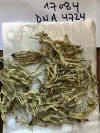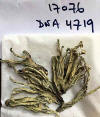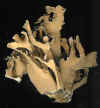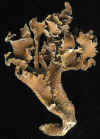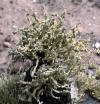|
Niebla and Vermilacinia (Ramalinaceae) from California and Baja
California.
Evolutionary history of coastal species
of fog lichen genera Spjut R, Simon A, Guissard M, Magain N, Sérusiaux E. The fruticose genera in the Ramalinaceae (Ascomycota, Lecanoromycetes): their diversity and evolutionary history. MycoKeys. 2020 Oct 30;74:109-110]. MycoKeys. 2020;73:1-68. Published 2020 Sep 11. doi:10.3897/mycokeys.73.47287
Evolution and diversification of Niebla Jorna J, J Linde, P Searle, A Jackson, M-E Nielsen, M Nate, N Saxton, F Grewe, M de los Angeles Herrera-Campos, R Spjut, H Wu, B Ho, S Leavitt, T Lumbsch. Species boundaries in the messy middle -- testing the hypothesis of micro-endemism in a recently diverged lineage of coastal fog desert lichen fungi. Ecology and Evolution. Published Online: 20 Dec 2021. https://onlinelibrary.wiley.com/doi/full/10.1002/ece3.8467. Additional Discussion: See: Introduction to Niebla and its phylogeography |
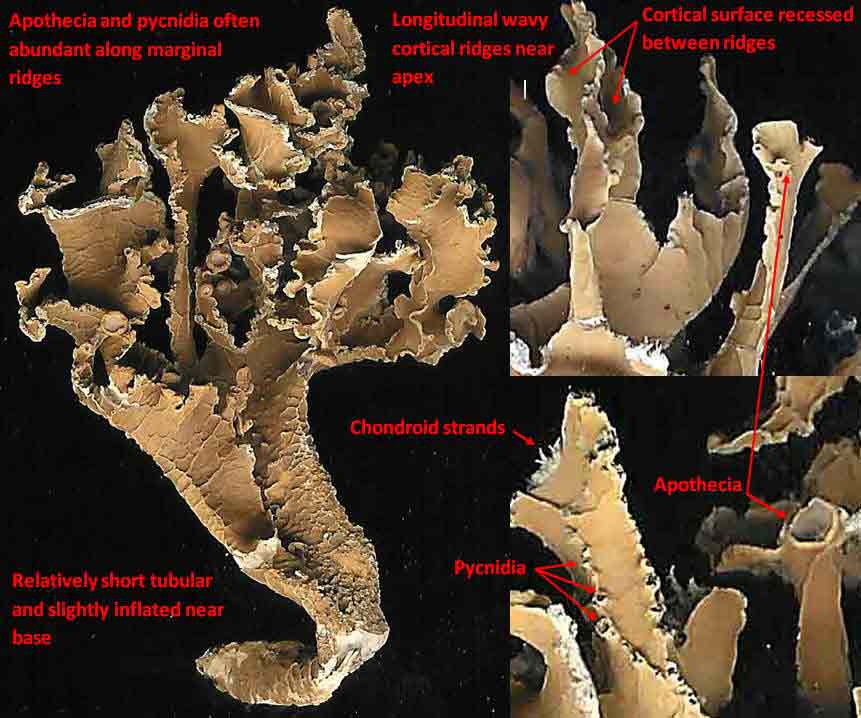 |
